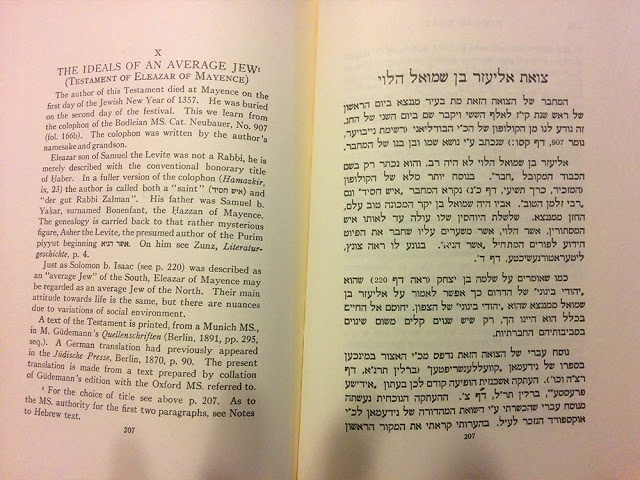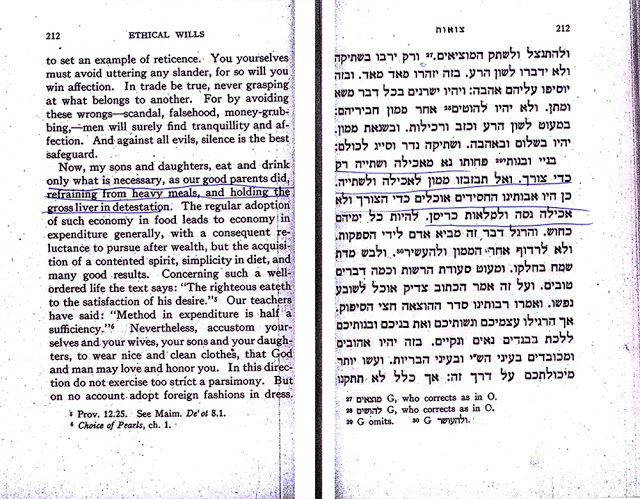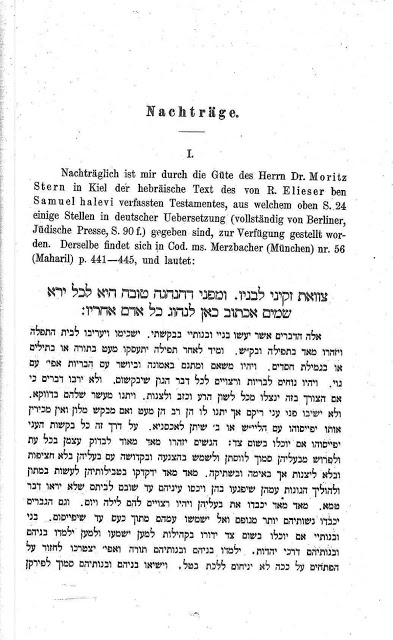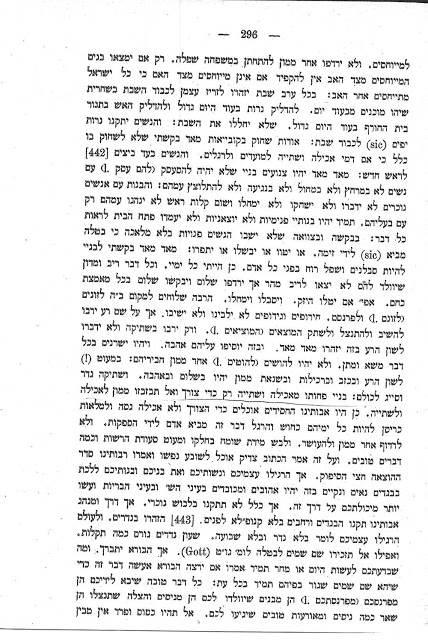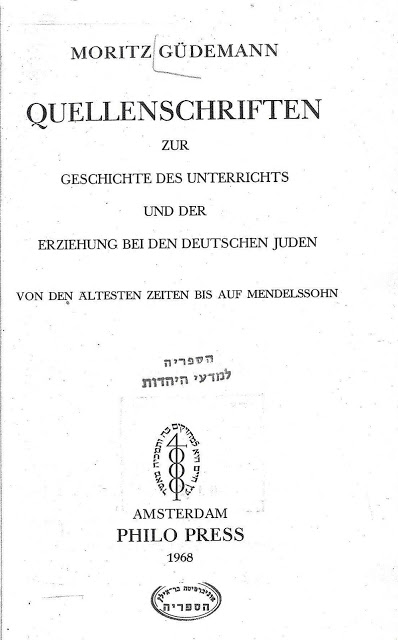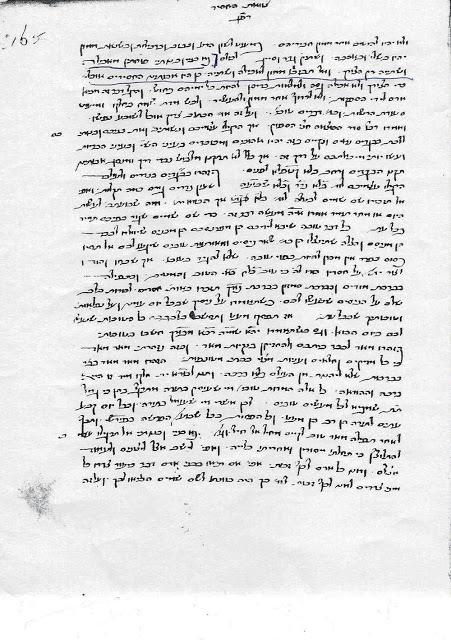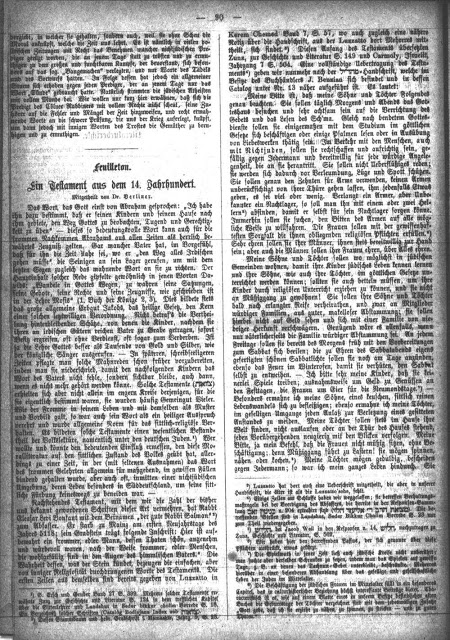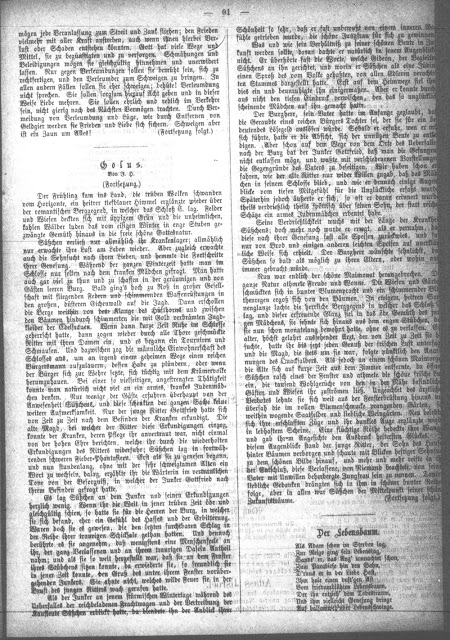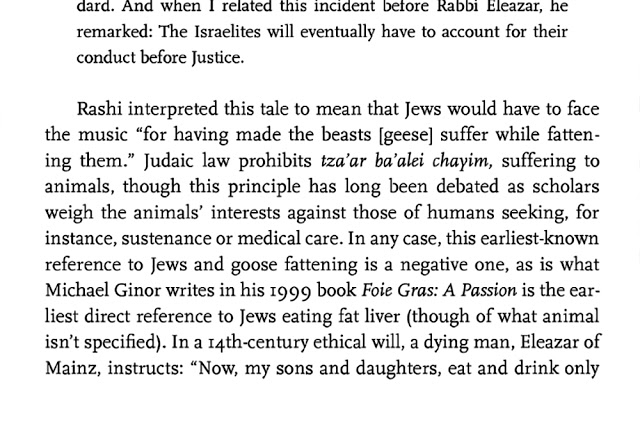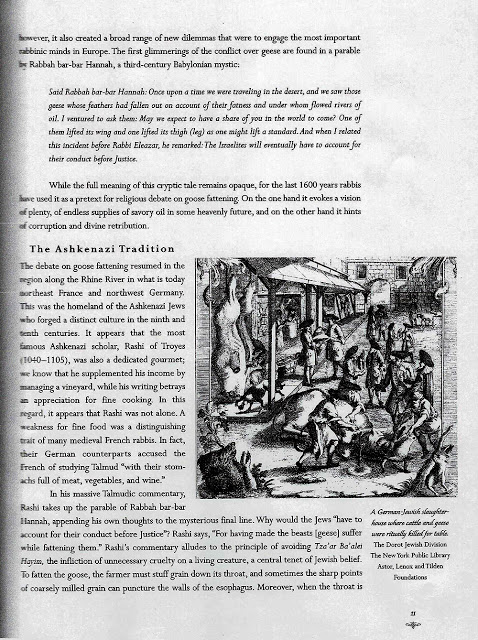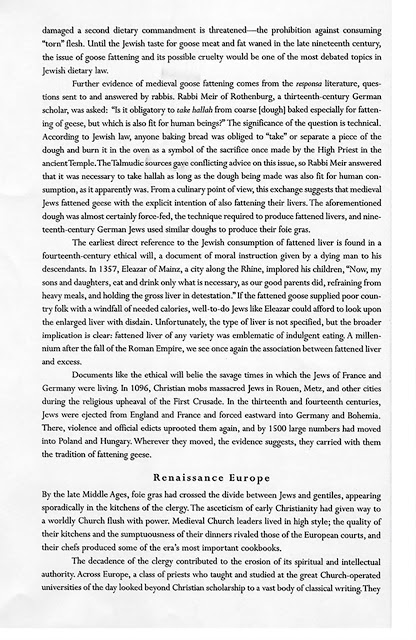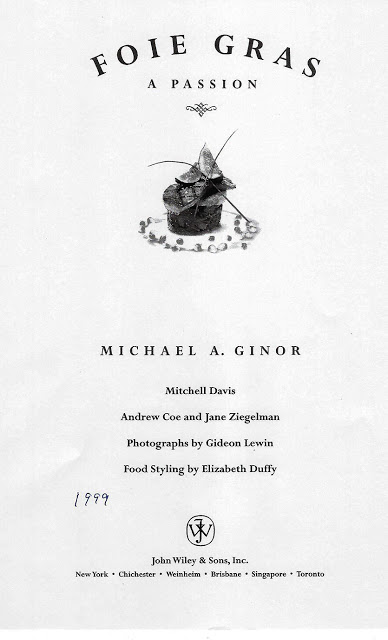How Did Rashi Make a Living?[1]
Mayer I. Gruber
Professor in the Department of Bible Archaeology and the Ancient Near East
Ben-Gurion University of the Negev, Beersheva, Israel
It has long been taken for granted that Rashi engaged in viticulture, which is to say, the cultivation of vineyards and the preparation and sale of wine made from the grapes he cultivated.[2] However, in 1978 the question of how Rashi made a living was reopened by Haym Soloveitchik.[3] Indeed, Soloveitchik asserted: “Indeed the presumption is against anyone being a winegrower in Troyes. Its chalky soil is inhospitable to viticulture. . . .”[4] Soloveitchik went further and declared, “Rashi may nevertheless have been a vintner; but by the same measure he may have been an egg salesman.”[5]
Since, on the face of it, Soloveitchik had declared that being a vintner, i.e., a cultivator of vineyards, and being an egg salesman were equally plausible careers for Rashi, notwithstanding Soloveitchik’s unequivocal declaration that the soil of Troyes was “inhospitable to viticulture,” it seemed worthwhile to me to explore three questions. These were 1) Rashi’s association with eggs; 2) the plausibility and implausibility of viticulture in Rashi’s vicinity; and 3) alternative careers for Rashi in view of the alleged inhospitability of Rashi’s native city of Troyes to viticulture.
Eggs
A perusal of the published responsa of Rashi reveals that, in fact, eggs were a favorite in Rashi’s diet. Rashi’s famous disciple Shemayah[6] tells us that on more than one occasion he had seen that Rashi was served grilled meat[7] or fried eggs with honey.[8] The latter delicacy was called in Old French
ab-bstr.[9] Moreover, Shemayah informs us that Rashi was wont to pronounced the berakhah shehakkol ‘by whose will all things come into being’ and consume these foods prior to beginning the meal with washing of the hands and the berakhah over bread.[10] Shemayah explains that Rashi informed him that the reason he did not wash his hands and recite ha-motzi over bread before eating eggs fried with honey is as follows: “This is much more enjoyable to me than bread, and I like bestowing my benedictions to laud my Creator with respect to [the food that I love].”[11]
What this halakhic text tells us about Rashi and eggs is that fried eggs mixed with honey were among his favorite foods, which he enjoyed so much that he ate them as an appetizer before the meal itself which began with the washing of the hands and ha-motzi. Fried eggs mixed with honey[12] were among the food items for which Rashi had no patience to wait. Notwithstanding Rashi’s enjoyment of fried eggs, neither this text nor any other text so far published intimates that Rashi was engaged in either the retail or wholesale trade in eggs. On the contrary, the following responsum demonstrates that Rashi received eggs and other edible products for his personal consumption from others:
It happened to me, Solomon ha-Yitzhaqi. A Gentile sent me cakes and eggs on the eighth day of Passover. The Gentile entered the courtyard and called to my wife, and my wife sent a messenger to the synagogue. Thereupon, I gave instructions to keep the eggs in a corner until the evening. In the evening [after the end of Passover] I permitted their use allowing the amount of time that it would have taken [to bring them to my house had they set out for my house after the this time [when the holiday had already ended].[13]
Cows and Sheep
Several of Rashi’s responsa suggest that he and other Jewish residents of Troyes from time to time owned pregnant cows and ewes.[14] None of these texts accounts suggest that either Rashi or the other Jews mentioned in these responsa owned herds of cattle or flocks of sheep. The one cow or sheep was probably the family’s source of dairy products. In each of the recorded instances Rashi advised divesting oneself of ownership in favor of a Gentile so as to avoid being subject to the mitzvah of redeeming the firstborn male of a cow or ewe, a mitzvah which cannot be accomplished in the absence of the Temple (see Deut. 12:6, 17: 14:23). In the one instance where one of Rashi’s Jewish neighbors made the mistake of acquiring and slaughtering for meat a firstborn lamb born of a ewe of which the Jew was legal owner, Rashi decided that the only recourse was to bury the slaughtered lamb half on Rashi’s property and half on the other Jew’s property so that the act of burying all that meat would be less conspicuous and the Jews would not be suspected by their neighbors of engaging in some kind of witchcraft.[15]
According to Rashi’s own testimony he acquired and ate eggs. To date, however, there is no evidence that he was an egg salesman. Likewise, on more than one occasion Rashi owned a cow or a sheep. However, owning an occasional cow or sheep did not make Rashi into a rancher or a cowboy. Likewise, numerous testimonies both in his response as well as in his commentary to Babylonian Talmud, Shabbat 18a and in his biblical commentary on Jer. 25:30 to Rashi’s familiarity with the details of wine production do not prove that Rashi actually cultivated vineyards either for private use or for commercial purposes.[16] As argued by Soloveitchik, all the texts bearing upon Rashi’s familiarity with wine production serve only to demonstrate that, in fact, the Jews of Troyes in Rashi’s era had to produce their own wine because halakhah prohibited Jews from consuming wine produced by Gentiles.[17]
Wine barrel with Rashi’s seal
The reference in a responsum by Rashi to a wine barrel that bore Rashi’s seal[18] does not necessarily make Rashi a commercial producer of either grapes or wine any more than does his ownership of a pregnant cow make him a cowboy. On the other hand, another responsum by Rashi refers to a Jewish borrower who pledged a vineyard as collateral for a loan.[19] The latter text is one of a number of texts[20] which suggest that Soloveitchik may have gone too far in arguing that one of the reasons that Rashi could not have been a vintner is that the region in which he lived could not support viticulture.[21]
So how then did Rashi make a living?
In the conventional presentation of Rashi’s biography[22] Rashi is assumed to have been a vintner by profession and the head of an academy of Jewish learning as an avocation. However, when Baron so described Rashi, the corpus of Rashi’s Responsa had not yet been published by Elfenbein.[23] The facts, which can be culled from examination of the responsa, hardly portray Rashi as an amateur rabbi/scholar or his yeshivah as a hobby.
In fact, the conventional presentation of Rashi’s biography also fosters the widely accepted notion that religious instruction, the study of sacred texts whether from a historical, halakhic, or a theological perspective, whether in the university, the yeshivah, the modern rabbinical seminary, the Jewish day school, or seminaries for teachers, or wherever, is or should be essentially a leisure activity. Careful reading of Rashi’s responsa for what they tell us about daily life among Rashi and his disciples reveals that Rashi himself succeeded by his very professionalism in his very careful and by no means subtle design for making his yeshivah an intellectual and spiritual center for all of world Jewry and indeed, for all persons both friendly and hostile, who wished to understand the Torah.
Rashi as Gaon
It is no accident therefore that Rashi’s yeshivah was called Yeshivat Geon Yaakov “the Yeshivah of the Glory of Jacob,” the official name of the academy that still functioned in Baghdad in Rashi’s time, and which claimed to have been founded by Rav in 219 CE in Sura. Likewise, Rashi’s title was Rosh Yeshivat Geon Yaakov, “Head of the Yeshivah of the Glory of Jacob.”[24] Also, like the heads of the Babylonian Jewish academies, Rashi referred to himself by the title of the spiritual leaders of Babylonian Jewry, Gaon.[25]
Apparently, it was from the funding he received from communal assets paid on behalf of his students by the communities from which they came,[26] Rashi was able to dress himself, his wife, and his daughters in the style that befits a spiritual, intellectual, and communal leader of Jewry far beyond the boundaries of Troyes.
Implications for Today
Indeed, it may change the way we relate to our schools of Jewish learning and our programs of Jewish learning, both religious and secular, if we can liberate ourselves from the view that for Rashi, Rabban shel Yisrael,[27] our mentor, par excellence, studying Torah, teaching Torah, and adding to the corpus of Torah literature, were all hobbies, rather than aspects of a profession. Once it is grasped that Rashi’s Torah activities constituted a profession, we may begin to treat not only the people who raise money for and administer Torah institutions and programs for the academic study of Judaism as persons who deserve to make a living from what they do but also those who study and teach to extend the frontiers of our knowledge and to broaden the base of persons, who are privy to this rich heritage. Likewise, seriously treating day school teaching as a profession might have a positive effect on both the working conditions and pay of day school teachers and the way in which the children of the fortunate treat their teachers.
Notes:
[1] This article is based upon material found in the Introduction to Mayer I. Gruber, Rashi’s Commentary on Psalms (Brill Reference Library of Judaism, vol. 18; Leiden & Boston, Brill, 2004), and is published at the Seforim blog with permission of Koninklijke Brill NV, Leiden. Special thanks are due to Editor Michiel Klein Swormink of Koninklije Brill in Boston.
[2] Maurice Liber, Rashi, trans. Adele Szold (Philadelphia: Jewish Publication Society, 1906), 56; Irving Agus, The Heroic Age of Franco-German Jewry (New York: Yeshiva University Press, 1969), 173; Israel S. Elfenbein, “Rashi in His Responsa,” in Rashi, His Teachings and Personality, ed. Simon Federbusch (New York: Cultural Divison of the World Jewish Congress, 1958), 67; Salo W. Baron, “Rashi and the Community of Troyes,” in Rashi Anniversary Volume, ed. H. L. Ginsberg (New York: American Academy for Jewish Research, 1941), 60.
[3] Haym Soloveitchik, “Can Halakhic Texts Talk History?” AJS Review 3 (1978): 153-196.
[4] Ibid., p. 172, n. 54.
[5] Ibid.
[6] For the important contributions of Shemayah, who was Rashi’s personal secretary, who edited Rashi’s personal correspondence, wrote commentaries on the piyyutim of Eliezer ha-Kalir, helped Rashi edit the final versions of Rashi’s commentaries on Isaiah, Ezekiel, and Psalms, and composed glosses on Rashi’s commentary, which are preserved in Leipzig Stadtbiliothek, Ms. Wagenseil, B.H. fol. I, see the extensive discussion in Avraham Grossman, The Early Sages of France (2d ed.; Jerusalem: Magnes, 1997), 174, 347-426 (in Hebrew).
[7] For the different possible textual readings and their respective meanings see Israel Elfenbein, Responsa Rashi (New York: Shulsinger, 1943),114 #86, nn. 4-5.
[8] Elfenbein, Responsa Rashi, 310-11 #270.
[9] Ibid., 310, n. 1.
[10] Ibid., 215.
[11] Ibid.
[12] The text of the responsum refers, in fact, to eggs fried in honey. In light of the commentary of Nissim Gerondi (commonly known in the yeshivah world as “the RaN, at the top of Babylonian Talmud, Nedarim 52b, it appears that “fried in honey” is a literary convention in Rabbinic Hebrew for “mixed in honey and fried [in oil].” For this information I am indebted to Professor Alan Witztum, Professor of Botany at Ben-Gurion University of the Negev, Beersheva, Israel.
[13] Elfenbein, Responsa Rashi, 142 #114. Here Rashi takes for granted the principle attributed to Rav Papa in Babylonian Talmud, Betza 24a: If a Gentile brought a Jew a present at night just after the end of a Jewish festival, the Jew may benefit from the gift only after the elapse of enough time for the Gentile to have prepared the gift after the end of the festival.
[14] Elfenbein, Responsa Rashi, 202-03, #182-184; contrast Emily Taitz, The Jews of Medieval France (Contributions to the Study of World History, no. 45; Westport, Ct.: Greenwood Press, 1994), 85.
[15] Elfenbein, Responsa Rashi, 202 #182.
[16] Contrast Moche Catane, La Vie en France aus lle siecle e’apres les ecrits de Rachi (Jerusalem: Editions Gallia, 1994), 130-31; cf. Taitz, 72-77.
[17] Soloveitchik, 172-73. Of course, the original reason for the prohibition was the presumption that virtually all Gentiles worshipped a multiplicity of gods and that wine from virtually any barrel of wine they sold or gave to Jew had been poured out as a libation in the worship of “other gods.” Later the Rabbinic Sages (Babylonian Talmud, Shabbat 17b) extended this prohibition to any wine that had been touched by any Gentile so as to discourage socializing that might lead to intermarriage and thereby to the total assimilation of the Jewish people.
[18] Oxford Bodleian Ms. Oppenheim 276, p. 35a, cited by Grossman, The Early Sages of France, 132; 135, n. 45.
[19] Elfenbein, Responsa Rashi, 66, #61; see also the discussion in Taitz, 84.
[20] Note, for example, the “ordinance of Rashi” in Louis Finkelstein, Jewish Self Government in the Middle Ages (2d printing; New York: Feldheim, 1964), 147, which specifically exempts from taxation by the self-governing Jewish community of greater Troyes household items, houses, vineyards, and fields; see the discussion in Robert Chazan, Medieval Jewry in Northern France: A Political and Social History (Baltimore & London: Johns Hopkins University Press, 1973), 16. See also the account of the case that came before R. Joseph b. Samuel Tob-Elem (Bonfils) at the end of the 10th and the beginning of the 11th century CE concerning the attempt of the community of Troyes to ignore, with respect to a certain Leah, the community’s traditional exemption of vineyards from taxation. Fortunately for this Leah, the learned R. Joseph agreed with her that the traditional exemption should be upheld. See Chazan, 15-16. Irving Agus, Urban Civilization in Pre-Crusade (2 vols.; New York Yeshiva University Press, 1965), 438-446 anticipates Soloveitchik’s attempt to play down the importance of vineyards in the economic life of the Jews of Troyes in the time of Rashi, and he goes so far as to argue from silence that Leah was at that time the only owner of a substantial vineyard. In any case, both the litigation in question and the reference to vineyards along with household goods and houses in the so-called “ordinance of Rashi” should put to rest the contention that the soil of greater Troyes was inhospitable to viticulture. See also the numerous references to wine production in Rashi’s commentaries on the Babylonian Talmud where Rashi frequently contrasts the realia referred to in the Talmud with the corresponding realia in 11th-12th century CE Troyes; these sources are listed and analyzed in Catane, La Vie en France aus lle siecle d’apres les ecrits de Rachi, 130-133; see also the references in Rashi’s responses to Jews’ hiring Christians to carry wine casks; see Elfenbein, Responsa Rashi, #160; #260; see Taitz, 84.
[21] Soloveitchik, 172, n. 54.
[22] In addition to Baron and the other authorities cited in n. 2 above, see passim in Taitz; and see also Herman Hailperin, Rashi and the Christian Scholars (Pittsburgh: University of Pittsburgh Press, 1963), 268, nn. 10-11; Grossman, The Early Sages of France, 121, n. 1; 130, n. 31; and see also Mordechai Breuer, “Toward the Investigation of the Typology of Western yeshivot in the Middle Ages,” in Studies in the History of Jewish Society in the Middle Ages and in the Modern Period: Presented to Professor Jacob Katz on his Seventy-Fifth Birthday, ed. E. Etkes and Y. Salmon (Jerusalem: Magnes, 1980), 49, n. 26 (in Hebrew).
[23] See above; additional responsa are discussed in Grossman, The Early Sages of France, 127-159; see also Soloveitchik, 153-196.
[24] Elfenbein, Responsa Rashi, 93 #73.
[25] Ibid., 245-246 # 115.
[26] Gruber, Rashi’s Commentary on Psalms, 20-22; see Norman Golb, The Jews in Medieval Normandy (Cambridge: Cambridge University Press, 1998), 154-196.
[27] For the sources of this explanation of the acronym Rashi see Gruber, Rashi’s Commentary on Psalms, 1, n. 1.
Mayer I. Gruber is Professor in the Department of Bible Archaeology and Ancient Near East at Ben-Gurion University of the Negev in Beersheva, Israel. He received his Ph.D. in Ancient Semitic Languages & Literatures at Columbia University in the City of New York (1977). Gruber also earned Rabbinic Ordination at the Jewish Theological Seminary of America in New York (1970). Prior to aliyah with his family in 1980, Gruber taught at Spertus College of Judaica in Chicago and was rabbi of Mikdosh El Hagro Hebrew Center in Evanston, Illinois.
Gruber’s Rashi’s Commentary on Psalms (Leiden: Brill, 2004), which includes the Hebrew text of Rashi’s Commentary, an English translation, a supercommentary on the form of notes, and a comprehensive introduction to Rashi’s life and work. Gruber’s other publications include a series of articles on the diagrams, which Rashi included in his biblical commentaries, a collection of Gruber’s articles entitled, The Motherhood of God and Other Studies (Atlanta: Scholars Press, 1992; now available from University Press of America in Lanham, Md.); additional studies on women in the biblical world and early Judaism; Aspects of Nonverbal Communication in the Ancient Near East (2 vols.; Rome: Biblical Institute Press, 1980), which deals with gesture language and its impact on the vocabulary of Biblical Hebrew and other ancient Semitic languages; the commentary on Job in the Oxford Jewish Study Bible (2003); and the revision of the entry “Job” in the 2d edition of the Encyclopaedia Judaica (2006).
